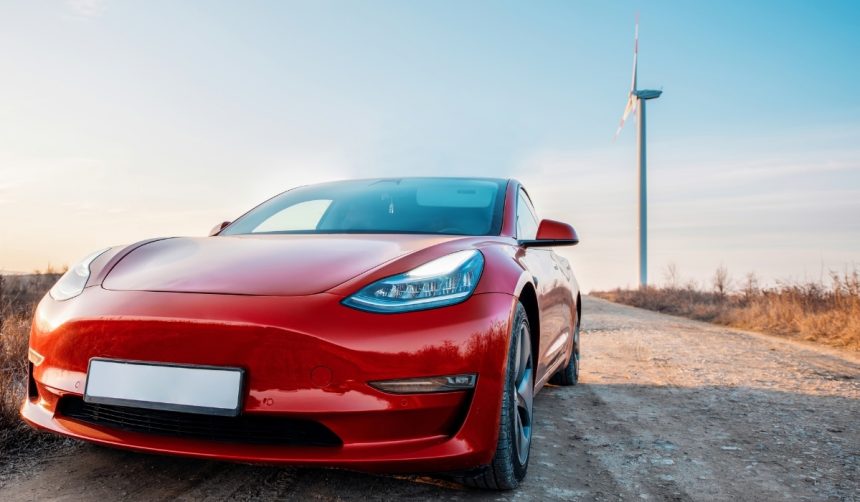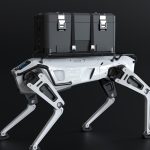The 2025 Tesla Model Y has distinguished itself in the competitive midsize luxury SUV market by achieving the Insurance Institute for Highway Safety (IIHS) Top Safety Pick+ rating. With increasing consumer interest in vehicle safety performance, this recognition highlights not only the company’s engineering scrutiny but also provides drivers with more information to guide purchasing decisions. The achievement points to Tesla’s ongoing efforts to meet stringent safety standards through iterative design improvements, reflecting broader trends towards advanced automotive safety.
Unlike earlier years when Tesla models were often praised by the National Highway Traffic Safety Administration for robust crash performance, IIHS distinctions have typically been more challenging for the brand due to differing test protocols and eligibility requirements. Some Tesla vehicles, such as the Model 3, were previously excluded from the IIHS safety lists because not all required test categories were conducted. The Model Y’s inclusion follows further evaluations, marking an advancement from previous Tesla ratings within IIHS’s system. Meanwhile, Tesla’s Cybertruck also garnered attention for its unique crash results from federal agencies, yet did not figure into IIHS listings due to its different segment classification and testing procedures.
How Did the Model Y Achieve Top Safety Pick+?
To obtain the Top Safety Pick+ designation, the 2025 Tesla Model Y fulfilled several rigorous criteria. Vehicles must earn good scores in the small overlap front and side crash tests, at least an acceptable rating in the moderate overlap front test, pedestrian front crash prevention, and headlights across all trim levels. Unlike the standard Top Safety Pick, the “plus” status is reserved for models attaining a “good” rating specifically in the moderate overlap front test. The Model Y, internally known as “Juniper,” met these standards in every category tested, thus granting it the IIHS’s highest safety accolade.
Why Aren’t Other Tesla Vehicles Listed?
Other vehicles in Tesla’s lineup, including the Model 3 and Cybertruck, have received high safety marks from NHTSA but have not consistently appeared on IIHS rosters. IIHS representatives mention that incomplete testing or missing evaluations can prevent otherwise high-performing vehicles from qualifying for the Top Safety Pick or Top Safety Pick+ awards. Joe Young of IIHS explained that missing tests, not necessarily performance, keep the Model 3 from being listed, and the Cybertruck’s classification as a pickup further impacts eligibility. Tesla models often show high crash test performance where data is available, but only the Model Y currently meets the full suite of IIHS requirements for 2025.
What Does This Mean for Tesla Customers?
For existing and prospective Tesla customers, the IIHS Top Safety Pick+ rating for the Model Y serves as an independent validation of the vehicle’s design and crashworthiness. As Tesla’s best-selling global model over the past two years, the Model Y’s strong performance in safety evaluations may influence further consumer confidence and market share. A Tesla spokesperson stated,
“Safety remains central to every decision we make in our vehicle engineering and production processes.”
Real-world incidents have shown the Model Y’s cabin integrity during severe impacts, further underscoring the importance Tesla places on this aspect. After the release of the new Model Y version, Tesla commented,
“Our goal is to set benchmarks in safety that are measurable and transparent.”
Tesla’s focus on safety is evident in their continuous vehicle updates and pursuit of prominent safety ratings. The brand’s repeated efforts to score well in independent assessments contribute to consumer perceptions and influence competition in the electric SUV space. By offering their most popular model with verified safety credentials, Tesla aims to reassure customers about the protection provided in daily driving scenarios as well as in rare severe collisions.
Recognition from major organizations such as the IIHS and NHTSA often affects public perception of automotive reliability and brand preference. For buyers choosing between luxury SUVs, verified safety distinctions can become a pivotal factor, especially as regulatory standards and consumer expectations evolve. In a market with growing options for electric vehicles, transparent, third-party safety testing remains a critical reference point. Understanding the reasons behind IIHS awards and missing entries—even among high-performing models—enables consumers to interpret such ratings accurately. Those seeking a midsize luxury SUV with the highest current IIHS safety certification may consider the 2025 Tesla Model Y as a strong candidate, whereas buyers of other Tesla models should review the specific crash test data available for their chosen vehicle.
- The 2025 Tesla Model Y received IIHS Top Safety Pick+ distinction.
- Tesla’s other vehicles lack some IIHS tests, impacting their awards.
- Model Y’s safety rating positions it strongly in the SUV market.










